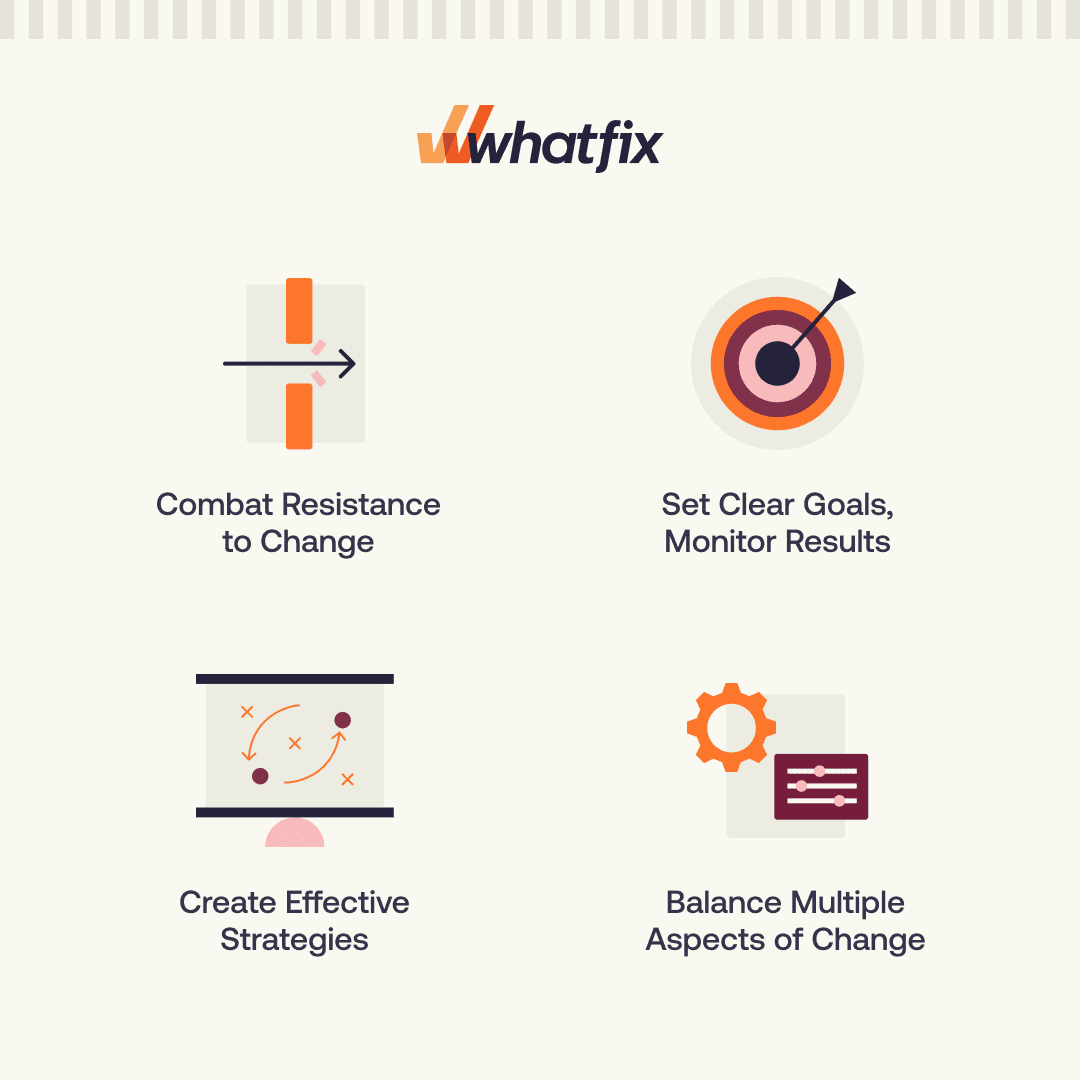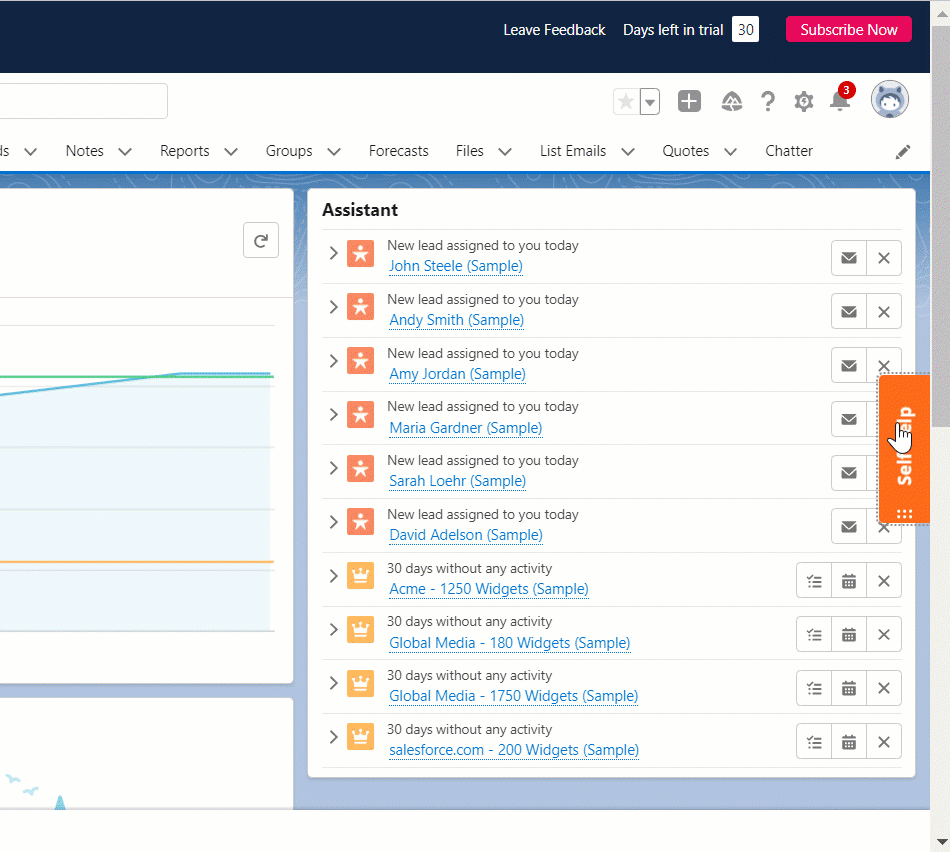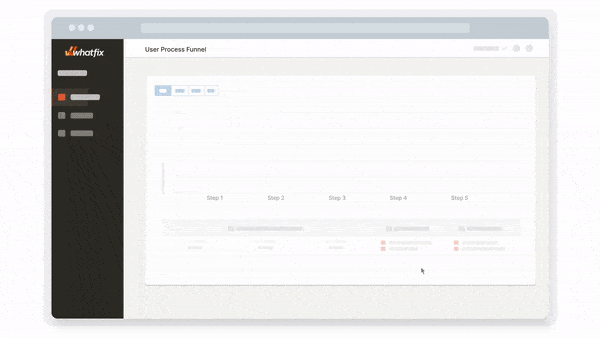
Samantha Rohn


For many companies, moving to the cloud is no longer a “future” endeavor — it’s a major application modernization and enterprise digital transformation initiative to help prepare for the future, keep up with today’s market demands, and meet evolving customer expectations.
According to McKinsey, adopting cloud technologies has contributed to more than $1 trillion in value for Fortune 500 companies alone, and Gartner predicts that total worldwide spending on cloud technologies and services will surpass $597 billion in 2024 alone – up 21.5% YoY.
According to a 2024 TechTarget Enterprise Strategy Report, 47% of organizations are already deploying a cloud-first technology strategy, with another 27% taking a hybrid approach. The other 26% are still deploying on-premise applications and IT services, but these technology adoption laggards overwhelmingly state they’re considering a migration to a cloud-centric approach in the near future.
But actually taking the steps to transition to the cloud can be incredibly challenging. An enterprise cloud transformation initiative involves intensive planning, project and IT management, tracking, technical implementation, and more – and it can feel daunting for CIOs and IT managers.
In this article, we’ll break down cloud transformation, the benefits of moving to the cloud, how to build a cloud transformation governance strategy, and more.
Cloud transformation is the total process of moving from on-prem data storage and desktop application to cloud applications and services to improve business processes and operations, drive revenue, meet evolving customer experiences, and build organizational resilience.
The five largest cloud marketers based on IT spend are cloud management and security solutions, business process as a service (BPaaS), cloud infrastructure as a service (IaaS), Cloud Platform as a Service (PaaS), and cloud application services (general SaaS products).
Cloud transformation is complex and could require your organization to modernize your IT infrastructure completely. Cloud transformation initiatives include:
Here are the six parts to fuel your cloud transformation engine.
The goal: Identify short-term and long-term IT goals and objectives for cloud transformation, and how to achieve them.
Considerations: Cloud transformation is about discovering new value, not just moving data from one place to another. In order to achieve a successful cloud transformation, you need to view your IT strategic plan in terms of how to increase value, innovation, and efficiency.
Questions to ask:
The goal: Determine transformation leaders, timeline, and value-assurance steps.
Considerations: Moving to the cloud requires time and cross-functional commitments, and change needs to occur from the top. Understanding that the transformation will be a long-term process, identify leaders and managers who will be responsible for overseeing the cloud migration process and outline how they will work together.
Questions to ask:
The goal: Prepare departments and business processes to undergo transformation.
Considerations: A cloud transformation will change the way your teams work and the processes they follow. To drive more business value, departments must be prepped on how to get the most from the cloud, and processes and workflows need to be evaluated and adjusted to meet new expectations.
Questions to ask:
The goal: Migrate all data and processes to the cloud and enable end-users to quickly adapt to new cloud processes and tools.
Considerations: As apps and data are migrated to the cloud, users must quickly become familiar with new processes and application interfaces. This includes ensuring data remains secure and that processes can scale in the cloud as the company grows.
Questions to ask:
The goal: Define cloud service providers and the architecture required for your organization’s contextual needs and workflows.
Considerations: To efficiently power workloads in the cloud, your developers need the right structures and architectures to build from. Create standardized products and operation models to eliminate complexity and drive value from your cloud investment(s).
Questions to ask:
The goal: Keep data stored in the cloud secure and keep cloud IT stack cost-effective.
Considerations: Maintaining regulatory compliance and protecting against cyber attacks is crucial for effective cloud transformation. Implement new standards and expectations to ensure risks are appropriately managed and costs are controlled. CIOs will also want to ensure that cloud IT investments are driving ROI, meaning IT teams will need to monitor user adoption and optimize software license usage.
Questions to ask:
Cloud transformation is daunting — but it’s an absolute necessity for enterprises that will drive major long-term benefits. Here are a few of the most significant benefits of enterprise cloud transformation:
Here’s how to get started with your own cloud transformation strategy.
Do an audit of your existing infrastructure. How does this compare to your long-term cloud goals? When you know where you’re starting, you can begin to set realistic cloud transformation goals.
Your cloud transformation should deliver value to your business. What existing goals or strategies can be improved or achieved with the help of the cloud? Match your business goals and digital strategy to your cloud IT to develop a focal point for your transformation.
Change management can bring your team on board for upcoming changes and reduce downtime. Effective change management can make the transition smoother and minimize wasted time and money.

Identify the processes that will change and how. What new steps will need to be taken after the cloud transformation, and who will be responsible for overseeing that those changes are made?
How will data and applications move to the cloud, and once they are moved, how will they integrate with one another? Create an integration plan to ensure your apps are properly connected and data can flow freely.
Depending on your enterprise’s digital maturity, you may need to work with professionals to ensure your data, applications, and workloads are appropriately shifted to the cloud. A consultant can oversee your migration and help minimize any problems or challenges that might arise.
Ensure your team understands how to get the most value from the cloud with reskilling and upskilling. Proper ongoing education and performance support can improve user adoption, improve efficiency, reduce frustration, and deflect IT-related support issues.

After applications and data have been moved to the cloud, identify areas where you can optimize processes post-migration. What can your team now achieve by working in the cloud?
Keep data secure with regular backups and audits. Regular backups will give you a strong starting point if you ever need to restore your data, and security audits allow you to identify threats or risks quickly and eliminate them.
As your team gets used to the new technology, they’ll likely have new challenges or questions they need support with. Investing in a new IT support team or training for your existing team will ensure your employees have the resources and solutions they need.
Your cloud transformation should be ongoing. Continuously reviewing and optimizing your strategy will help you stay on top of trends and keep your cloud infrastructure current.


Undergoing any big change will come with some challenges and risks. Understanding what they are can help you stay prepared.
Here are the biggest challenges and risks of cloud transformation.



Here are the top factors to consider when building your cloud transformation strategy:
Cloud transformation impacts all enterprise IT infrastructure, services, and software applications – but the process of migrating the cloud during a transformation process is broken down into three majors phases:
In short, yes — although your cloud transformation may be part of your digital transformation initiative.
Digital transformation encompasses larger changes or initiatives to modernize your company’s digital landscape, and this may include a cloud transformation. However, cloud transformation can be done without a larger digital transformation initiative.
Cloud migration is just one part of your cloud transformation. Cloud migration focuses on moving your apps and data from your on-prem servers into the cloud. Cloud transformation, on the other hand, includes migration, strategy, analytics, optimization, and more.
As you move applications and workloads to the cloud, you need systems in place to keep your team informed and trained on changing processes and tools. A digital adoption platform like Whatfix supports cloud transformation by providing contextual, in-app support and guidance that enables end-users with moment-of-need performance support and self-help support resolution.
With Whatfix, IT teams can overlay in-app content on any cloud application, providing step-by-step walkthroughs, user guides, tours, smart tips, pop-up videos, task lists, field validations, and more – all enabling end-users to adopt new technologies quickly.


Whatfix Self Help integrates with your enterprises knowledge repositories, from your LMS, knowledge base, intranet, videos, process documentation, FAQs, IT support portal, and more – aggregating this documentation and knowledge into a searchable help center that overlays on any cloud application.


Whatfix Analytics allows IT teams to analyze how new cloud technologies are being engaged with, identify friction areas, build user cohorts, understand how features and workflows are being used, track software license usage, and monitor overall adoption.


Get started with a demo to see what Whatfix can do for your cloud transformation journey.


Thank you for subscribing!